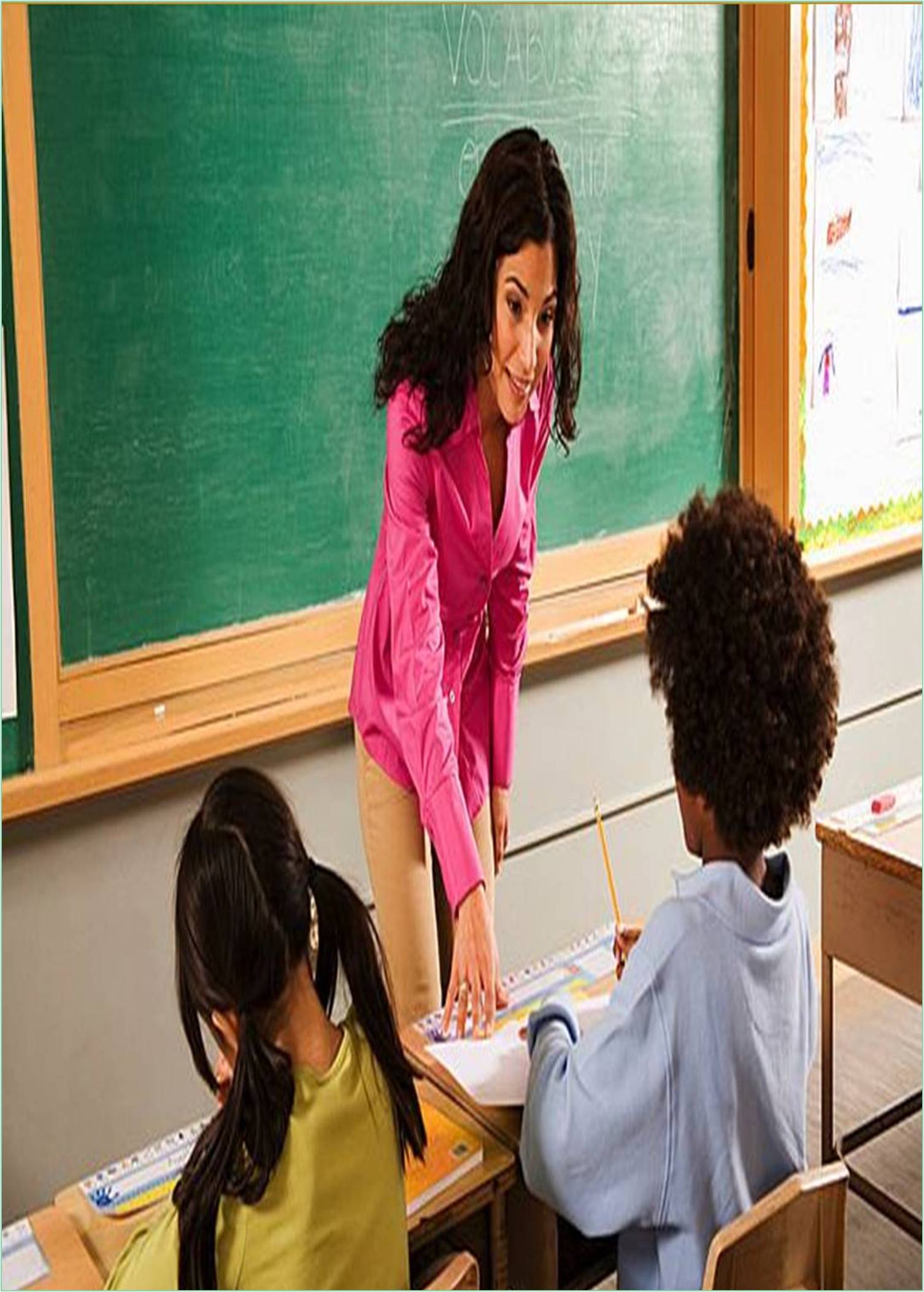



Received: 01-Feb-2022, Manuscript No. GJTE-22-63353 ; Editor assigned: 07-Feb-2022, Pre QC No. GJTE-22-63353 (PQ); Reviewed: 21-Feb-2022, QC No. GJTE-22-63353 ; Revised: 28-Feb-2022, Manuscript No. GJTE-22-63353 (R); Published: 08-Mar-2022, DOI: 10.15651/ GJTE.22.10.020
Interactive learning has been established as a powerful teaching method, and modern technology excels at attracting students to more lessons than ever before. Interactive whiteboards are especially effective in encouraging class attendance through a variety of media, built-in activities, and even game lesson content. It also contains useful guides for implementing interactive learning, as well as benefits and challenges.
Interactive learning is a comprehensive approach to education. The interactive class structure is much more holistic by emphasizing student involvement in new materials. Courses that use this new methodology are not about rumination of information, but about discussion, critical thinking, and open question. Collaboration between students is the best way to facilitate learning. Regardless of the subject, students have been shown to learn more efficiently by doing so in a communal environment. This does not necessarily mean group work or presentations, but also simple consultation before answering questions and the use of online tools after class.
In the context of interactive learning, there is no single right way to complete a task/project. It encourages students to choose the method that best suits their learning style. For some, writing an essay may be the way to go, while others choose to make a video or make a presentation. The dynamic and proud lesson plans of students and teachers were once determined in their robustness. The new focus on a practical approach has forced teachers to open up the process to their students. In this way, the resulting unique feedback allows for constant course modification and improvement on both sides. The importance of interactive learning goes far beyond a single aspect, such as class size, age group, subjects, and style. In fact, there are no barriers related to interactivity. Given the universal nature of this new methodology, its key principles apply to all situations. Imagine instructors droning and college students sleeping. Due to all its importance and positive qualities, interactive learning also has its own challenges. These challenges are not bad at all, as they have a lot to do with the technical aspects of the approach. This is especially true on the teacher's side, not the student's side.
Technical reliability, anyone who has interacted with a technical product may be suffering from technical failures or glitches. Nothing is more annoying than if something doesn't work as expected. Interactive learning technologies such as digital whiteboards are no exception. This is especially true if the class is interrupted due to IT latency. Interactive lesson plans, especially lessons that use a digital whiteboard, will not work. Teachers usually look at the planned time allotted to make sure everything is properly prepared. Beyond planning, interactive learning and the technology that accompanies it requires training and time to get used to, which is often not optimal. Classrooms are usually larger than optimal. Visibility can be an issue, coupled with the tendency for whiteboards to become smaller than necessary. This is possible in any situation, but it is even more important in classrooms with interactive learning and digital whiteboards, especially when the latter is the focus of the lesson.
A good lesson is characterized by the ability to adapt. If the activity goes wrong, the teacher should be able to change courses on a whim. Interactive learning extends teacher skills to include video and audio output, which was not possible before. Resource management is an unfortunate burden on too many teachers around the world. Proper lesson planning can be confused by concerns about supply shortages. As with interactive learning technologies, the teaching process can be significantly digitized, especially if a digital whiteboard is implemented. Therefore, supply concerns can be dispelled. Introducing interactive learning into the classroom, coupled with the ability to promote engagement, collaboration and motivation, is fun. By eliminating boring lectures, teachers have the opportunity to turn everything into a game, creating a fun and enjoyable classroom environment.